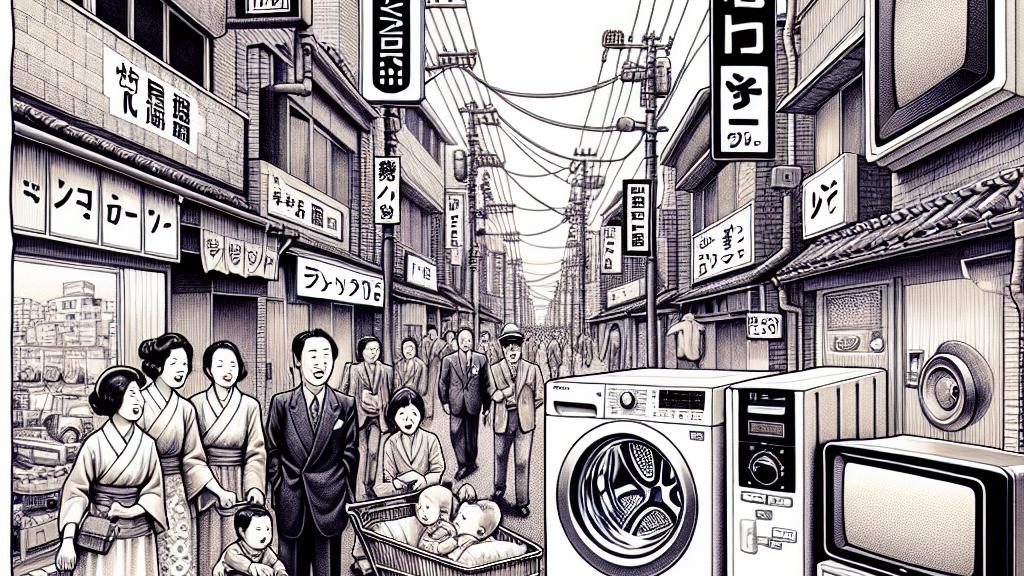Challenges of Reproducing Daily Life from the 1960s to 1980s
Overview
- Recreating daily life in Japan from the 1960s to 1980s poses substantial challenges due to rapid consumer turnover.
- The scarcity of tangible household items from this vibrant era complicates accurate representations.
- Despite these obstacles, exploring this cultural period offers valuable insights that enhance storytelling and understanding.

The Setting: Japan's Economic Boom
The economic boom in Japan during the 1960s to 1980s was nothing short of transformative. Picture bustling streets filled with the latest innovations: sleek televisions, compact refrigerators, and efficient washing machines revolutionized everyday life. For example, the debut of the first automatic washing machine in 1970 marked a major shift in domestic responsibilities, freeing up time for families to engage in leisure activities instead of chores. However, this rapid advancement came at a price. Products often became outdated within a few years, leading to a troubling scarcity of physical artifacts that encapsulate this dynamic period. How can filmmakers evoke the spirit of a time when the material culture is all but lost?
Difficulty of Replicating the Past
Accurately recreating the essence of daily life from this defining era is fraught with complexity. Many artifacts, such as distinctive floral-patterned dishes or retro kitchen appliances, have faded into obscurity, often existing only in the memories of older generations. Take, for example, the iconic 'Mitsubishi Kaden' appliances that adorned many kitchens; today, finding a surviving model is like searching for a needle in a haystack. This gap emphasizes the critical role that thorough research and historical experts play in the production process. Engaging with collectors or utilizing museums can uncover those hidden treasures that breathe life into scripted narratives, transforming mere stories into immersive experiences brimming with authenticity.
Cultural Impact of Consumerism
The surge of consumerism in Japan from the 1960s to 1980s subtly reshaped societal norms and individual identities. The transition to electric lighting, alongside the rise of stylish furniture and colorful home décor, illustrated an evolving relationship between consumers and their possessions. This was an era when owning the latest model not only fulfilled functional needs but also became a status symbol, reflecting personal success. Nevertheless, the relentless desire for new goods often led to wastefulness, resulting in a cycle that left many beloved items lost or discarded. Exploring these intricacies allows for a richer understanding of how consumption reverberated through everyday life and can inform more relatable, resonant depictions of this pivotal chapter in Japanese history.

Loading...